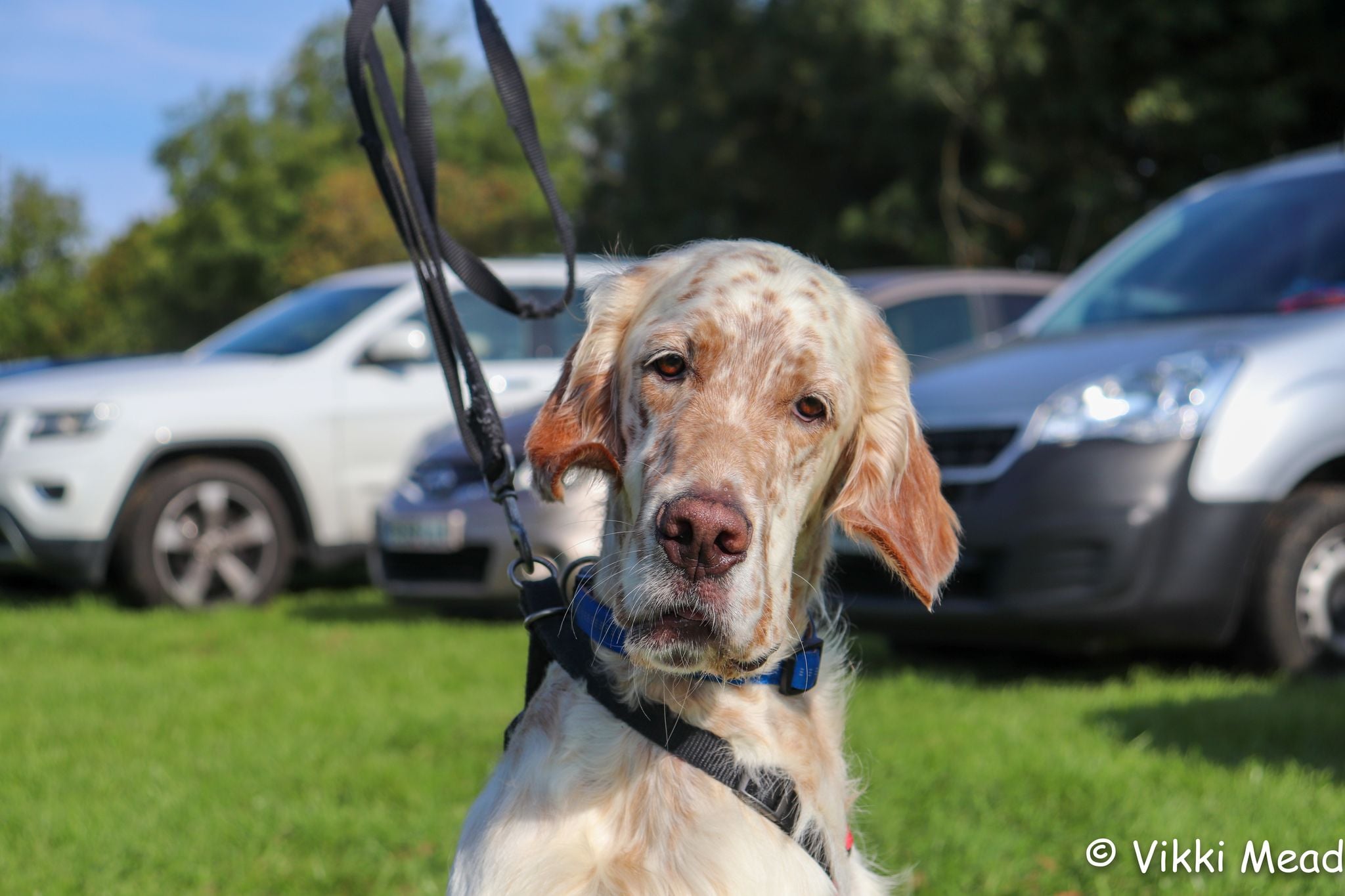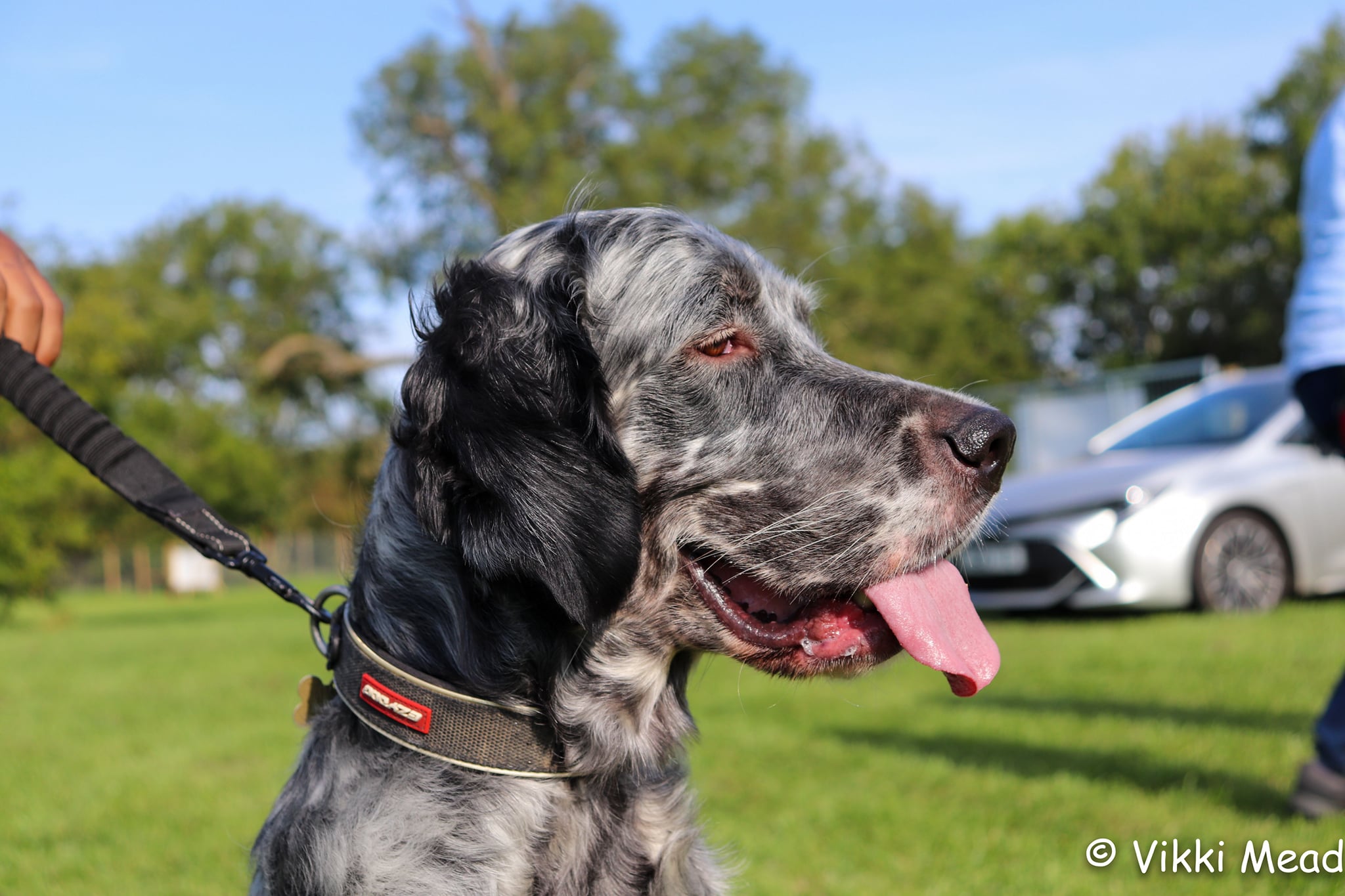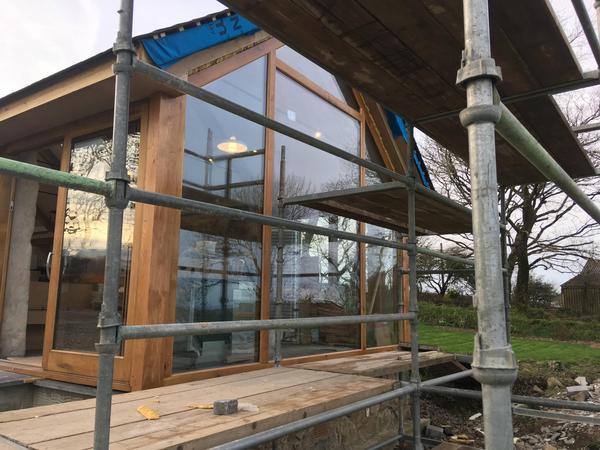Have a watch of these to videos on using the loft tool in 360 to create the cabriole path for the app to follow
So Droogs, I studied the Loft tool in greater detail in Fusion 360 to see if I could get it to work to create traditional cabriole legs, and then experimented.
The first result, below, wasn't very satisfactory, and used lofting - lumpy and clunky. The tricky thing with cabriole legs is that the form continuously changes through flowing and sweeping as well as thickening and narrowing in profile, with elements of squares/rectangles, arcs, circles, ellipses and splines that all mash together. So trying to judge at what height and what form the lofting profiles needed to be was, well, not overly successful, and took ages, eight hours or more.
So I had another attempt again using lofting, and that came out even worse, but took a lot less time - I guess earlier practice had helped regarding speed. To be honest, it's pretty bl*ody horrible, ha, ha.
So then I had a bit of a think, and knowing how relatively easy it is to set out an attractive inner and outer curve in AutoCAD using a spline tool to create cabriole legs, and basically did the same in Fusion 360 setting up two splines in front elevation, and rotated those splines at 90º for a side elevation. The original inner and outer curve of the cabriole shows to the right of the screen capture below. The second set of splines, those rotated at 90º were then used to create cutting tools. I extruded the first form on the right, the front elevation to the maximum cabriole profile width. Then working with the cutting tools, which are those wing things sitting either side of the basic cabriole shape on the left hand side, I extruded those 'wings' as a cutting action to create the basic cabriole shape. That left using the fillet tool to round off corners of the cabriole form, creating a small bun foot and extruding the top as a 'block' where tenons would nominally fit.
Anyway, with a fair amount of playing about I ended up with the image below. The end result isn't exactly brilliant, but it's the best I've yet managed with this programme. Where the bun foot meets the bottom of the cabriole sweeps isn't properly resolved, for example. But it's been an interesting learning curve, and I think I'll be able to use the learning elsewhere. I don't know how long this took to draw, but it was too long really to be a practical solution for speeding manufacture with traditional methods, e.g., bandsaw, spokeshaves, rasps and sanding. Maybe with more practice I could cobble together something that could be knocked out in their hundreds on a CNC machine leaving just a little tweaking prior to polishing. I'm not especially interested in mass production, although I do think CNC machines have enormous and exciting creative possibilities. Maybe if I was forty years younger I'd want to get into it for my future, but I'm at the other end of my career, and I'm happy with the more traditional furniture making approach of using a combination of hand tools and machines. I'm only playing around with this programme because it's a challenge, and I enjoy learning IT programmes, well, some programmes.
Finally, a cabriole leg drawing that took me roughly five minutes to knock out. Not brilliant, a bit fat and lumpy, and really ought to be doodled again if it was part of a client presentation drawing/proposal, but something like ... and the cup of tea I'd poured myself before I started was still hot enough to drink when I'd finished, ha ha.. Slainte.












































